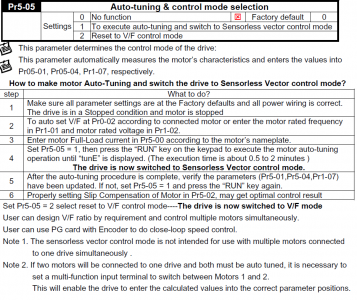If you size a VFD appropriately for the operating conditions and deratings, you should not get an overcurrent error. Piston compressors are a difficult starting load, but it all depends on the VFD used. It is pretty consistently reported that the generic/HY VFD's do poorly with difficult loads like compressors, and typically the VFD requires to be upsized at least 1 or 2 sizes (Hp) bigger to accommodate the higher starting loads.
Although a single VFD can operate multiple motors, it is in a V/Hz mode and each motor would need to have an overload protection device, so not really applicable to most hobby machinist or single machine applications. If one oversize's a VFD by a factor of 4-5X they have been used as a fixed frequency 60Hz power source in V/Hz mode, but at that point you are better off with an RPC or Phase Perfect fixed frequency digital phase converter. There are also issues of sub systems like transformers and contactors, that may not operate correctly when fed with PWM power. Most motors will operate with VFD power, it is not an age dependent factor, but performance of an inverter specific motor will be better over a wider speed range. With regard to motor insulation, it is a problem with motors as they get older, that there is some level of deterioration, but a failure of the insulation at the 240VAC voltage level is very uncommon using a PWM VFD. Most of these motors are dual voltage (230/460) and the motor cable are very short, which decreases overshoot peak voltages to the insulation. In some cases a dV/dT output filter can be used, but it needs to be matched to the output current as well as limited frequency range. See the attached white sheet on PWM and insulation issues.
I reviewed the Spedestar PC1 Series Drive manual, and have a few suggestions to try. First, the PC1-50, for 1-phase drives, the current rating of the breaker shall be 2 times maximum input current rating. This would indicate that you should have as a minimum a 50 or 60A breaker, and #6 wire gauge to the VFD. The startup current can be quite high and it depends on if you are displaying motor current vs. input current. That the VFD is not giving any error messages as to overcurrent or voltage issues, suggests that it is not reaching any threshold amounts.
I would do a factory reset of the VFD parameter's and then make a few programming changes as follows:
Pr0-02 Motor V/F selection = 10 (60Hz, 230VAC)
Pr0-12 Optimal Acceleration/Deceleration setting = 3 (Auto)
Pr1-10 Acceleration Time 1 = 3 seconds
Pr1-12 Deceleration Time = 3 seconds
Default motor parameter's Pr5 should be OK
I would start out with the factory carrier frequency of 10kHz, and not go above 12.
Pr0-14 = 10
Pr0-15 = 10
Run the motor Auto-tuning & control mode selection Pr5-05 = 1
I would run the motor in Sensorless Vector mode and see if that helps.
If all of the above does not improve the motor performance issues, then it is most likely a VFD issue, although if there is no fault codes, it could also be a motor issue. In that case, if possible try the VFD on another motor.


